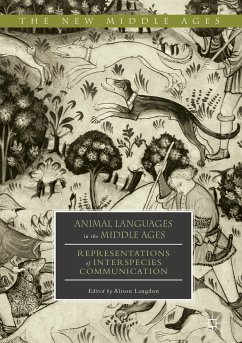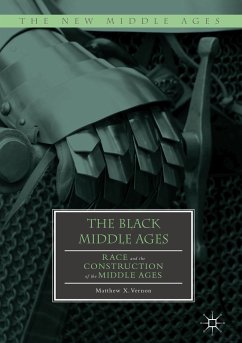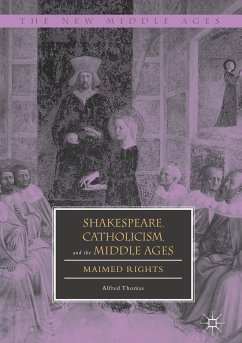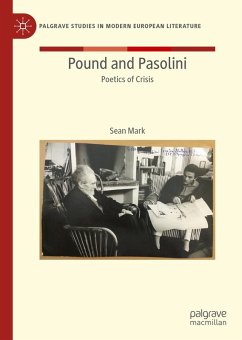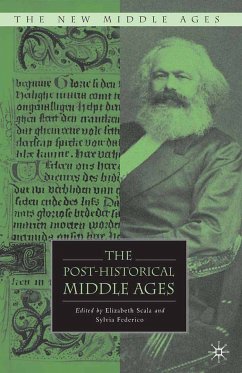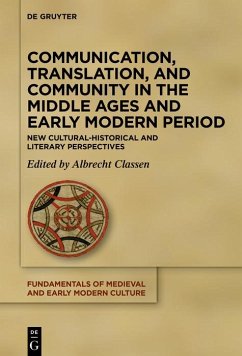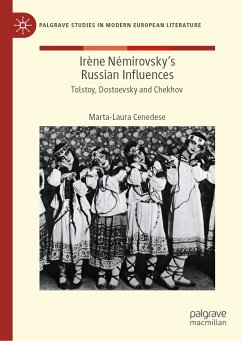
Vernacular Aesthetics in the Later Middle Ages (eBook, PDF)
Politics, Performativity, and Reception from Literature to Music
Redaktion: Jager, Katharine W.
Versandkostenfrei!
Sofort per Download lieferbar
88,95 €
inkl. MwSt.
Weitere Ausgaben:

PAYBACK Punkte
44 °P sammeln!
Vernacular Aesthetics in the Later Middle Ages explores the formal composition, public performance, and popular reception of vernacular poetry, music, and prose within late medieval French and English cultures. This collection of essays considers the extra-literary and extra-textual methods by which vernacular forms and genres were obtained and examines the roles that performance and orality play in the reception and dissemination of those genres, arguing that late medieval vernacular forms can be used to delineate the interests and perspectives of the subaltern. Via an interdisciplinary appro...
Vernacular Aesthetics in the Later Middle Ages explores the formal composition, public performance, and popular reception of vernacular poetry, music, and prose within late medieval French and English cultures. This collection of essays considers the extra-literary and extra-textual methods by which vernacular forms and genres were obtained and examines the roles that performance and orality play in the reception and dissemination of those genres, arguing that late medieval vernacular forms can be used to delineate the interests and perspectives of the subaltern. Via an interdisciplinary approach, contributors use theories of multimodality, translation, manuscript studies, sound studies, gender studies, and activist New Formalism to address how and for whom popular, vernacular medieval forms were made.
Dieser Download kann aus rechtlichen Gründen nur mit Rechnungsadresse in A, B, BG, CY, CZ, D, DK, EW, E, FIN, F, GR, HR, H, IRL, I, LT, L, LR, M, NL, PL, P, R, S, SLO, SK ausgeliefert werden.



